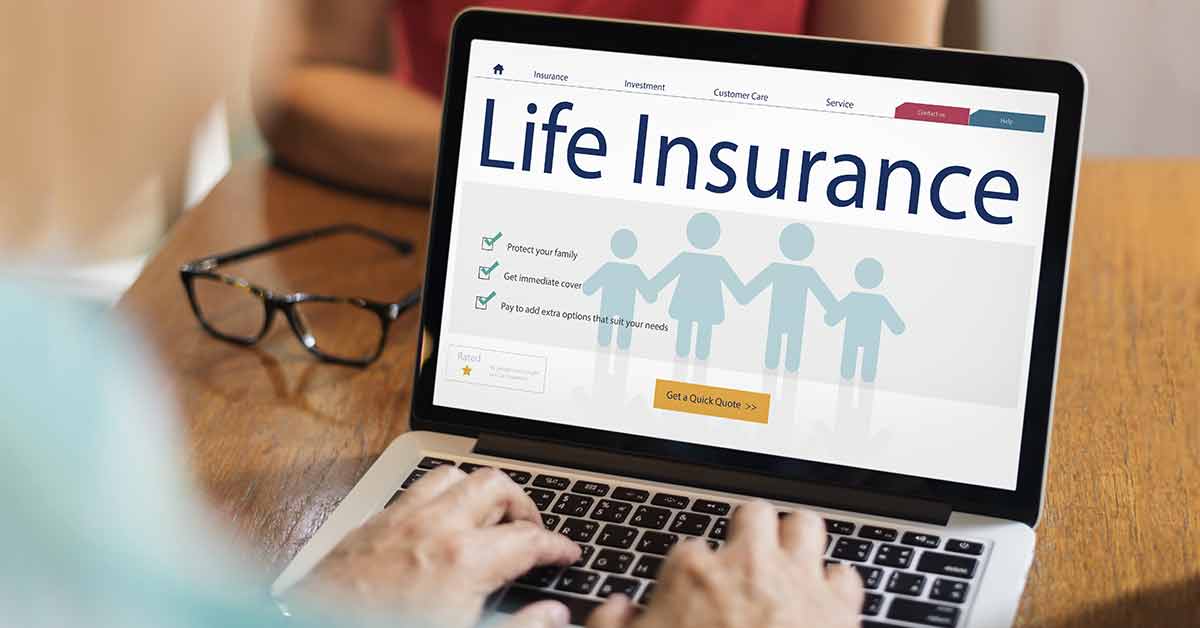Postal life insurance offers some amazing schemes and plans for physically handicapped people to choose from. Here are the details and benefits of the plans.
.jpg)
Not a great deal of people might be aware of the fact that postal life insurance is one of the oldest insurers in the country. In fact, PLI came into existence back in the year 1884. During the initial days, the upper limit of life insurance was limited to INR 4000. However, with changing times and landscape the same has now increased to INR 50,00,000.
The sole reason for creation of the insurer was to offer a wide range of welfare based schemes for people from different spheres of life. This included handicapped people as well.
PLI did find it difficult to approach policy buyers back in the day. But over the years, it has swiftly gained more than 46 lakh policyholders. PLI currently covers employees of State and Central governments, government-based institutions, universities, PSUs etc. along with paramilitary forces and Defence services.
Why Postal Life Insurance?
One of the prime reasons why PLI or postal life insurance has found a lot of takers over the years is its hassle-free process. Combine that with its affordable policies, and it becomes a compelling package together. Products on offer from PLI are quite flexible as well. All these reasons collectively make PLI policies a great option for physically handicapped individuals. The PLI requires potential policyholders to undergo a medical examination so that they can assess the nature and degree of handicap. This will thereby help the insurer determine the premium that ought to be paid. The premium for the policy is usually determined by the authority that is accepting the policy. Physically handicapped individuals can opt for various policies, but there is an upper cap of INR 10,00,000 as the maximum sum assured.
Products under Postal Life Insurance
The following are all the policies that are applicable to physically challenged individuals.
1. Whole Life Insurance Policy (Suraksha)
Should an individual opt for this plan, their nominees will receive the sum assured plus any accrued bonus in the unfortunate event of the death of the individual. The policy usually offers a better bonus and slightly lower premiums when compared to the endowment plan.
2. Endowment Assurance Policy (Santosh)
If you were to opt this policy, there is a maturity age associated with it. In the event that you attain that age, the insurer will hand over the sum assured along with any accrued bonus to them. Should there be an unprecedented death of the policyholder, the insurer will hand over the amount to the nominees mentioned in the policy documents.
3. Joint Life Endowment Assurance Policy (Yugal Suraksha)
You can opt for this joint life endowment plan if any one of the spouses is eligible for the policy. The coverage of the policy is applicable to both spouses.
4. Convertible Whole Life Insurance Policy (Suvidha)
The convertible whole life insurance policy fits ideally for individuals who are taxpayers are in the early days of their career. With the help of this scheme, individuals can plan their savings and take care of tax liability at the same time. The scheme runs for a minimum period of 5 years.
5. Anticipated Endowment Assurance Policy (Sumangal)
The anticipated endowment assurance scheme is perfect for individuals who seek regular returns from their policies. If you are aware of life insurance products, you can consider this as a money back policy. In this policy, the benefits are handed over to the policyholder at regular intervals.
Eligibility for Postal Life Insurance Schemes
As already mentioned, individuals who wish to avail a scheme from the Postal Life Insurance, need to undergo a medical examination for the same. Individuals opting for “Scheme for Physically handicapped” need to undergo these examinations by certain government medical authorities. The intent of the examination is to determine the nature and extent of the handicap of an individual. The following are the requirement of the report.
- The reason for handicap. (either it’s congenital or post congenital)
- The impact of a handicap on the individual and correlation with the longevity of the individual. Also, to assess whether it has an increasing or decreasing life risk.
- The report must quantify the extent of the handicap (for example, deformity of limb, loss of both limbs etc.) In the event, that a medical authority declares that the handicap has a negative impact on the life of an individual, the policy request might even be rejected. Or in the case, if the handicap poses an increasing risk on the life of the proposer, the policy can be rejected.
The following are some of the handicaps that qualify for “Scheme for Physically Handicapped”.
- Midgets
- Loss of limbs
- Paralysis
- Blindness
- Dumbness
- Deafness
- Hunchbacks
- Deformity due to polio
- Orthopedic handicap
- Non-neurological origin based deformity
Important Features of the policies
To avail the policies, it is important to be aware of the features and benefits of the policies. Here are some of the salient features of the schemes.
- The minimum entry age for the policies is 19 years and the maximum age is 55 years.
- The policy has a tenure of 20 and 15 years in the case of Anticipated Endowment Assurance policy.
- The minimum sum assured is INR 20,000 and the maximum sum assured is INR 50,00,000. The same limit is at INR 50,00,000 for Anticipated Endowment Assurance policy.
- The premium that you must pay depends on factors such as the age of entry, the degree of handicap, sum assured that you opt for, etc.
- On the completion of a certain time period, you have the option to surrender.
- In the event that you complete a predefined period, you can opt for loans as well.
For the year 2016-2017, PLI managed to sell 2,13,323 policies with total sum assured of INR 11,096 crores. The total number of active policies by the same period stood at 46,80,013 and the total sum assured at INR 1,13,084 crores. Since the schemes have been backed by the government, you can expect very good benefits along with higher bonuses.



.jpg)

